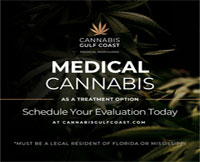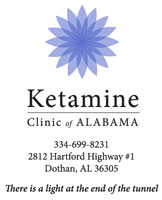Tourette Syndrome: Tic…Tic…Tics
Viewed: 3377
Posted by: Al Clinics
[email protected]
3347121170
Date: Oct 14 2018 11:54 AM
What is Tourette Syndrome and Tics Disorder?
Gilles de la Tourette syndrome (GTS) is described as an intricate, often genetic-hereditary, neuropsychiatric, neurobiological disorder having a childhood onset of multiple involuntary waxing and waning motor and vocal tics, may inclusive of coprolalia, copropraxia, echophenomena, palilalia and palipraxia (Awaad, 1999; Cavanna, Servo, Monaco, and Robertson, 2009; Freeman et al., 2000; Miller, 2001). Tics, though complex to define, is an intermittent, ephemeral, rapid, frequent, and nonrhythmic muscular contraction (Miller, 2001; Murphy et al., 2013). Miller (2001) mentions Jankovic’s classification of tics under five segments:
Simple motor tics; such as face twitch or shoulder jerk, this involves “brief contraction of localized muscle group”.
Complex motor tics; such as facial grimace, hand twisting, this involves intricate muscular movements.
Simple vocal tics; such as groaning, whining or barking, this is meaningless sound or noise.
Complex vocal tics; is articulation of obscenities or profanities.
Compulsive tic; is an inner urge and could comprise of any or all of the above.
What Causes Tics?
Murphy et al. (2013) discusses that tics could be aggravated by environmental stimuli such as change in temperature, illness, stress, anxiety, weariness, or a streptococcal infection as in the case of Sydenham chorea. The underlying sensory phenomena that motivates and drives urge to tics is referred as premonitory urges (Eddy and Cavanna, 2014; Murphy et al., 2013) or sensory urges (Eddy and Cavanna, 2013). These premonitory urges to tics is present in 93% of those suffering with GTS that involves the tickling, stressful, anxious or temperature feeling (Eddy and Cavanna, 2013), which tends to adversely affect the quality of life of the patients (Eddy, Cavanna, Gulisano et al., 2012). Brandt et al. (2016) mentions the premonitory urges as the cardinal feature and the urges builds up until been executed via tics. Though, there are compulsions of ‘just-right’ feelings that may be difficult to differentiate from the urges and sometimes patient with GTS may camouflage their compulsions with the tics (Murphy et al., 2013).
Prevalence and Ratio
The general mean age of child onset of GTS is 6 to 7 years (Freeman et al., 2013), with one-third of patients referred to specialist clinics have mean age of 14 years (Cavanna, Servo, Monaco, and Robertson, 2009). The peak age for tics is found to be between 9 to 12 years with the decrease in tics with age in 65% of the cases by 18 to 20 years (Murphy et al., 2013).
Prevalence has been found in different literature quoted by Freeman et al. (2013) to range from 0.05% to 3%, the same prevalence is found in Chronic Tic Disorder (Murphy et al., 2013). Copropraxia (obscene gestures) ranges from 3% to 21% of patients with GTS, while echophenomena (profanities) ranges from 11% to 14% of the patients (Cavanna et. al, 2009). The estimated figure for transient tics is 5% (Murphy et al., 2013).
The male to female ratio in GTS is 4.3:1 (Freeman et al.,2013). The prevalence ratio for all tics (transient or chronic) is found to be 5.9% to 18% in boys and 2.9% to 11% in girls.
Similar Conditions and Segregation
In recent few decades, GTS and similar conditions have been an eminent topic in research as an emerging model disorder underpinning the areas of neuropsychiatric, neurobiological, genetic, anthropological, literary and environmental domains (Cohen and Leckman, 1994). However, it is integral to differentiate GTS with similar or intertwined conditions. The table below by Murphy et al. (2013) provides some important differences to understand, those GTS have with other disorders or conditions
Table 1: Repetitive Movements of Childhood (Murphy et al., 2013) | ||
Description | Typical Disorders Where Present | |
Tics | Sudden rapid, recurrent, nonrhythmic vocalization or motor movement | Transient tics, TD, CTD |
Dystonia | Involuntary, sustained, or intermittent muscle contractions that cause twisting and repetitive movements, abnormal postures, or both | DYT1 gene, Wilson’s, myoclonic dystonia, extrapyramidal symptoms due to dopamine blocking agents, |
Chorea | Involuntary, random, quick, jerking movements, most often of the proximal extremities, that flow from joint to joint. Movements are abrupt, nonrepetitive, and arrhythmic and have variable frequency and intensity | Sydenham’s chorea, Huntington’s chorea |
Stereotypies | Stereotyped, rhythmic, repetitive movements or patterns of speech, with lack of variation over time | Autism, stereotypic movement disorder, intellectual disability |
Compulsions | A repetitive, excessive, meaningless activity or mental exercise that a person performs in an attempt to avoid distress or worry | OCD, anorexia, body dysmorphic disorder, hoarding disorder, trichotillomania, excoriation disorder |
Myoclonus | Shock-like involuntary muscle jerk that may affect a single body region, 1 side of the body, or the entire body; may occur as a single jerk or repetitive jerks | Hiccups, hypnic jerks, Lennox-Gastaut syndrome, juvenile myoclonic epilepsy, mitochondrial encephalopathies, metabolic disorders |
Habits | Action or pattern of behavior that is repeated often | Onchophagia |
Akathisia | Unpleasant sensations of “inner” restlessness, often prompting movements in an effort to reduce the sensations | Extrapyramidal adverse effects from dopamine blocking agents; anxiety |
Volitional behaviors | Behavior that may be impulsive or due to boredom like tapping peers, making sounds (animal noises) | ADHD, ODD, sensory integration disorders |
Note: ADHD = attention-deficit/hyperactivity disorder; CTD = chronic tic disorders; OCD = obsessive-compulsive disorder; ODD = oppositional defiant disorder; TD = Tourette’s disorder.
What Causes Tourette Syndrome?
Marsh, Zhu, Wang, Skudlarski and Peterson (2007) discusses that disturbance in the maturation of neural systems that commands the self-check and suppression of the urge and compulsivity significantly contributes to the development of TS. Patients with TS has a greater activation of frontostriatal regions (Brodmann’s area 9/46, 45/46; lenticular nucleus; and thalamus). The frontostriatal regions also contributes in the blinking of the eye in patients with TS (Mazzone et al., 2010). Prenatal maternal smoking has a significant impact on the severity in symptoms of TS comorbid with OCD (Mathews et al., 2006). Whole-exome sequencing (WES) and de novo variant detection have evidently exhibited the gene discovery in complex neurodevelopmental GTS (Wilsey et al., 2017). “Dopaminergic abnormalities in frontal-subcortical circuits have been hypothesized as the underlying pathophysiologic mechanism in Tourette’s syndrome. The underlying pathobiology in Tourette’s syndrome is a phasic dysfunction of dopamine transmission” (Singer et al., 2002, p. 1329).
Gorman, Zhu, Anderson, Davies, and Peterson (2006) discusses that subjects with TS has lower serum ferritin level than the healthy person and thus may be a major contributor to pathophysiology of the tic order, along with it causing hypoplasia of the caudate and putamen. Freeman et al. (2000) discusses the hypothesis of molecular mimicry in association with PANDAS (pediatric autoimmune neuropsychiatric disorders associated with streptococcal infection) in which Group A β-hemolytic streptococci infection plays a part in comorbid GTS and OCD subjects. The pharmacological studies, limited neuropathology and neuroimaging shows the gene encoded proteins in dopaminergic system having a strong influence on the vulnerability of GTS pathophysiology (Grice et al., 1996). Plomin and Rutter (1998) discusses the association of long-repeat allele of DRD4 on people suffering from GTS, ADHD, MDD and opioid dependence. The link between TS and OCD is “well-established with the evidence from historical, epidemiological, phenomenological, and genetic research (p. 437)”, therefore a comorbid OCD and TS may have serotonin 5-H1 receptor disturbed that contributes to the comorbidity, which occurs due to the mutation of tryptophan oxygenase gene mutation (Bret, Curtis, Robertson and Gurling, 1995). Cortese et al. (2008, p. 1128) also “hypothesize that ADHD, TS, and RLS may be part of a spectrum, and that iron deficiency contributes to the pathophysiology underlying this spectrum. Iron deficiency might lead to ADHD, RLS and TS symptoms via its impact on the metabolism of dopamine and other catecholamines, which have been involved into the pathophysiology of ADHD, TS, and RLS”. Miller (2001) discusses the growing evidence of the infection with beta hemolytic streptococcus may be a potential trigger for the GTS.
Comorbidity with Attention-Deficit Hyper Disorder, and Obsessive-Compulsive Disorder
Freeman et al. (2000) establishes the presence and comorbidity of ADHD, OCD, self-injurious behavior (SIBs), sleep disorder, anger control problem, ASD including Asperger’s syndrome, and rage in the patients with GTS. The symptoms of GTS also overlap with that of bipolar disorder especially in context of maniac episodes, however a major difference lies that TS are onset of early childhood diagnosis, whereas bipolar reveals itself in later adolescence, though the genetic coding plays a decisive part in differentiating ADHD, TS, BPD and hyperactivity disorder (Kerbeshian, Burd and Klug, 1995). OCD and other behavioral abnormalities are commonly found in patients with GTS (Miller, 2001), and depicts “frequent symptoms of separation anxiety, nightmares, personality change, oppositional behaviors, and deterioration in mathematics skills and handwriting” (Murphy et al., 2013). Cortese et al. (2008) discusses “attention-deficit/hyperactivity disorder (ADHD), Tourette’s syndrome (TS), and restless legs syndrome (RLS) may be comorbid” (p. 1128). Cavanna et al. (2009) discusses that most common neuropsychiatric comorbidity of GTS is with ADHD followed by OCD and then depression with male more likely than females to have comorbidity.
Murphy et al. (2003) states that OCD and GTS appear bidirectional with 20% to 60% of CTD having OCD, and 20% to 38% youth having OCD have CTD, whereas 50% of those having ADHD have CTD in which 60% to 80% of clinically referred CTD cases have ADHD, 25% of those having GTS also reports to have learning disabilities, with the figures going to 36% in schooler children, 4.6% of patients having GTS falls into ASD.
George, Trimble, Ring, Salle and Robertson (1993) discusses that OCD and GTS comorbid subjects have “significantly more violent, sexual, and symmetrical obsessions and more touching, blinking, counting, and self-damaging compulsions” (p. 93). Eddy et al. (2012) mentions that the quality of life is more affected in comorbid GTS+OCD and GTS+ADHD then the pure GTS.
Treatment and Side Effects
Non-pharmacological Treatment
Wolf and Singer discusses the non-pharmacological treatments including behavioral therapeutics that includes; conditioning techniques, massed negative practice, relaxation training, biofeedback, awareness training, habit reversal, and hypnosis. The other techniques that Wolf and Singer discusses are relaxation therapy, habit reversal therapy, and Comprehensive Behavioral Intervention for Tics (CBIT); which includes rewarding, psychoeducation, and functional intervention. The influence and effect on these therapies are still the subject of further research and its continuity after the successful treatment, the success also has to be operationally defined, as the criteria may vary amongst the researchers and control groups.
Pharmacological Treatments
Awaad (1999) mentions that the most commonly used medications to treat Tourette’s syndrome are haloperidol, pimozide, fluphenazine, and clonidine, which has their side-effects, however Awaad’s research showed on YGTSS that baclofen/botolinum toxin type A is the best option for treatment of GTS as this medication is very effective, safe, and reliable. Wolf and Singer has tabulated popular medicines in the below table:
Table 2: Pharmacotherapy for tics: Categories of published experience (Wolf and Singer, n. d.)
Drug | Published Experience | Comments |
Clonidine | B | alpha-adrenergic agonist often used as the first agent and is particularly useful for patients with both tics and ADHD |
Guanfacine | B | alpha-adrenergic agonist, longer acting, particularly useful for patients with both tics and ADHD |
Topiramate | B | Antiepileptic medication used for headache prophylaxis, reported to have some benefit for tic control. |
Pimozide* | A | A diphenylbutylpiperidine derivative and D2 receptor antagonist. A comprehensive critical review of outcome studies has been published. |
Fluphenazine | B | A traditional neuroleptic, acts as both a D1 and D2 receptor antagonist. Effective in controlling tics with fewer side effects than haloperidol. |
Risperidone | A | Most widely evaluated atypical antipsychotic for tic suppression. Superior to placebo in double-blind, placebo- controlled trials. |
Aripiprazole | C | Case reports and open-label and observational studies have supported its efficacy in treating tics. It is generally well tolerated. |
Haloperidol* | A | First traditional neuroleptic effective for tic suppression. Concerns regarding side effects have limited its use. |
Tetrabenazine | C | Depletes presynaptic storage of catecholamines and is also a mild postsynaptic dopamine receptor antagonist. Several open label and retrospective studies support its use for tics. |
Side effects of Medication
Wolf and Singer mentions the side effects of the above medications:
Table 3: Adverse Effects of GTS Pharmacology (Wolf and Singer, n. d.) | |
Name / Type of Medicine | Side Effects |
Clonidine, Guanfacine | Sedation, Orthostasis |
Antipsychotics (even in low dose) | Sedation, Parkinsonism, Acute Dystonic reactions, Bradykinesia, Akathisia, Tardive and withdrawal Dyskinesias, cognitive blunting, depression, aggression, “fog states,” weight gain, prolonged cardiac conduction times (QTc), endocrine dysfunction, and poor school performance, with or without school phobia. |
atypical Neuroleptics | Neurologic side effects, weight gain and metabolic abnormalities such as impaired glucose metabolism, dyslipidemia, obesity, and hypertension. |
References
Awaad, Y. (1999). Tics in Tourette syndrome: New treatment options. Journal of Child Neurology, 14 (5): pp. 316–319.
Brandt, V. C. et al. (2016). Temporal relationship between premonitory urges and tics in Gilles de la Tourette syndrome. Cortex, 77:24–37.
Brett, P. M., Curtis, D., Robertson, M. M., & Gurling, H. M. (1995). Exclusion of the 5-HT1A serotonin neuroreceptor and tryptophan oxygenase genes in a large British kindred multiply affected with Tourette’s syndrome, chronic motor tics, and obsessive-compulsive behavior. The American Journal of Psychiatry, Mar;152(3):437-40. https://doi.org/10.1176/ajp.152.3.437
Cavanna, A. E., Servo, S., Monaco, F., & Robertson, M. M. (2009). The behavioral spectrum of Gilles de la Tourette syndrome. The Journal of Neuropsychiatry Clinical Neuroscience, 21 (1):13-23.
Cohen, D. J. & Leckman, J. F. (1994). Developmental psychopathology and neurobiology of Tourette’s syndrome. Journal of the American Academy of Child & Adolescent Psychiatry, Jan;33(1):2-15.
Cortese, S., Lecendreux, M., Bernardina, B.D., Mouren, M. C., Sbarbati, A., & Konofal, E. (2008). Attention-deficit/hyperactivity disorder, Tourette’s syndrome, and restless legs syndrome: the iron hypothesis. Medical Hypotheses, 70:1128–1132.
Eddy, C. M., Cavanna, A. E., Gulisano, M., Calì, P., Robertson, M. M., & Rizzo, R. (2012). The effects of comorbid obsessive-compulsive disorder and attention-deficit hyperactivity disorder on quality of life in Tourette syndrome. Journal of Neuropsychiatry and Clinical Neurosciences, 24, 458-462.
Freeman, R. D., Fast, D. K., Burd, L., Kerbeshian, J., Robertson, M.M., & Sandor, P. (2000). An international perspective on Tourette syndrome: selected findings from 3,500 individuals in 22 countries. Developmental Medicine & Child Neurology, 42: 436–47.
George, M. S., Trimble, M. R., Ring, H. A., Sallee, F. R., & Robertson, M. M. (1993). Obsessions in obsessive–compulsive disorder with and without Gilles de la Tourette’s syndrome. The American Journal of Psychiatry, 150: 93–7.
Gorman, D.A., Zhu, H., Anderson, G.M., Davies, M., &Peterson, B.S. (2006). Ferritin levels and their association with regional brain volumes in Tourette’s syndrome. The American Journal of Psychiatry, 163(7):1264–72.
Grice, D. E., Leckman, J. F., Pauls, D. L., Kurlan, R., Kidd, K. K., Pakstis, A. J., Chang, F. M., Buxbaum, J. D., Cohen, D. J., & Gelernter, J. (1996). Linkage disequilibrium be- tween an allele at the dopamine D4 receptor locus and Tourette syndrome, by the transmission-disequilibrium test. The American Journal of Human Genetics, 59, 644-652.
Kerbeshain, J., Burd, L., & Klug, M. G. (1995). Comorbid Tourette’s Disorder and bipolar disorder: An etiological perspective. The American Journal of Psychiatry, Nov; 152 (11): 1646-1651.
Marsh, R., Zhu, H. Wang, Z. Skudlarski, P. & Peterson, B. S. (2007). A developmental fMRI study of self-regulatory control in Tourette’s Syndrome. The American Journal of Psychiatry, Jun; 164 (6): 955-966.
Mathews, C. A. et al. (2006). Association between maternal smoking and increased symptom severity in Tourette’s Syndrome. The American Journal of Psychiatry, Jun; 163 (6): 1066-1073.
Mazzone et. al. (2010). An fMRI study of frontostriatal circuits during the inhibition of eye blinking in persons with Tourette Syndrome. The American Journal of Psychiatry, Mar; 167 (3): 341-349.
Miller, J. (2001). The Voice in Tourette Syndrome. New Literary History, 32(3), 519-536. Retrieved from http://www.jstor.org/stable/20057675.
Murphy, T. K., Lewin, A. B., Storch, E. A., Stock, S. and the American Academy of Child and Adolescent Psychiatry (AACAP) Committee on Quality Issues (CQI). (2013). Practice Parameter for the Assessment and Treatment of Children and Adolescents With Tic Disorders. Journal of the American Academy of Child & Adolescent Psychiatry, Dec; 52 (12): 1341-1352. http://dx.doi.org/10.1016/j.jaac.2013.09.015.
Plomin, R., & Rutter, M. (1998). Child Development, Molecular Genetics, and What to Do with Genes Once They Are Found. Child Development, 69(4), 1223-1242. doi:10.2307/1132371.
Singer, H. S. et al. (2002). Elevated intrasynaptic dopamine release in Tourette’s syndrome measured by PET. The American Journal of Psychiatry, Aug;159(8):1329-36. https://doi.org/10.1176/appi.ajp.159.8.1329.
Wilsey et al. (2017). De novo coding variants are strongly associated with Tourette disorder. Neuron, 94, 486–499. http://dx.doi.org/10.1016/j.neuron.2017.04.024
Wolf, D. & Singer, H. S. (n.d.). Tourette syndrome. Cancer Therapy Advisor, Retrieved from: http://www.cancertherapyadvisor.com/pediatrics/tourette-syndrome/article/623443/?utm_source=trendmd&DCMP=OTC-CTA_trendmd&dl=0&utm_medium=referral&utm_campaign=november-traffic-drivers-cta.
Copyright. A part of the article can be used under Fair use policy. Permission needed to reproduce the article. To seek the permission; please send an email to [email protected]
<- back
Rules
1. You may disagree with, but not demean other commenters
2. Do NOT use all caps
3. No unsubstantiated facts
4. NO profanity
5. Stay on topic!
6. All comments are moderated, and approved by the web master
In order to post comments on articles, you must first have an account. Please create an account by clicking the link below, you will then be able to come back to this article to post a comment.

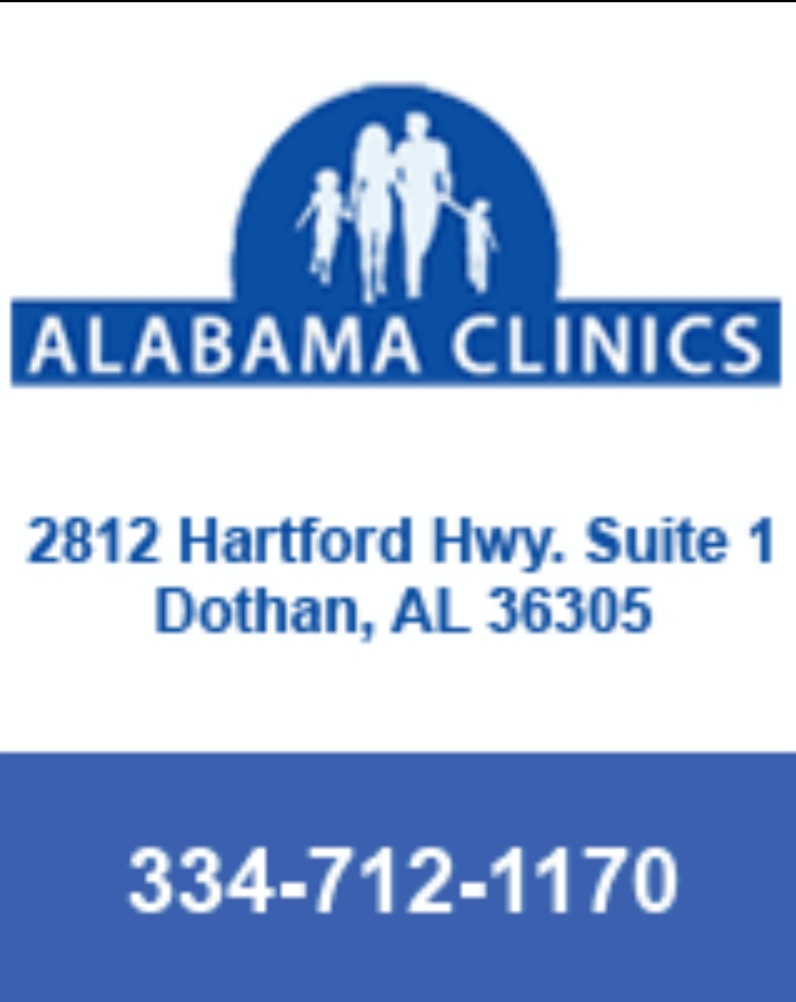
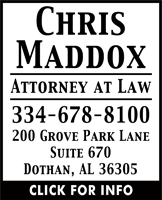
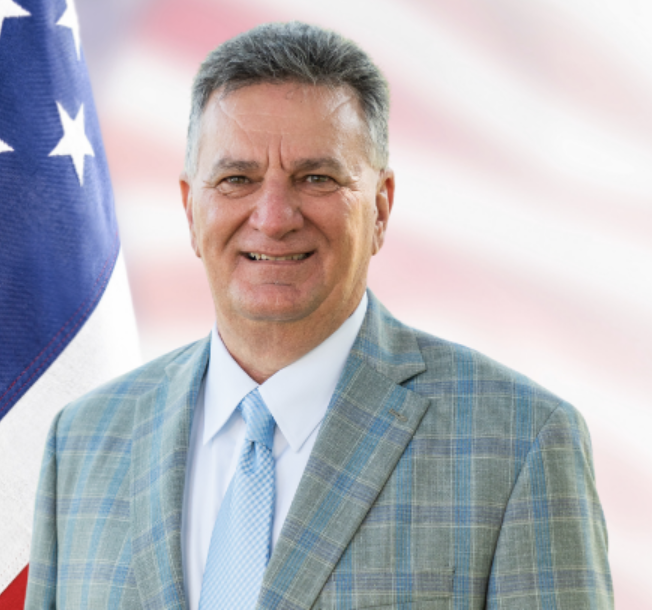




.jpg)
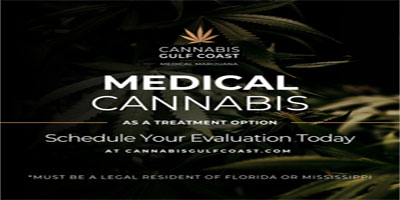
.jpg)
 (2)1.jpg)




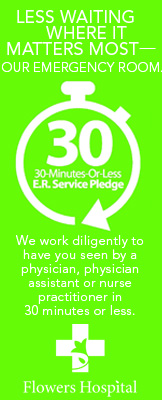

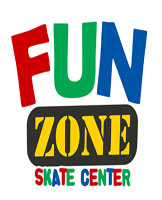
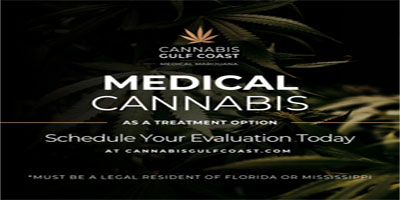
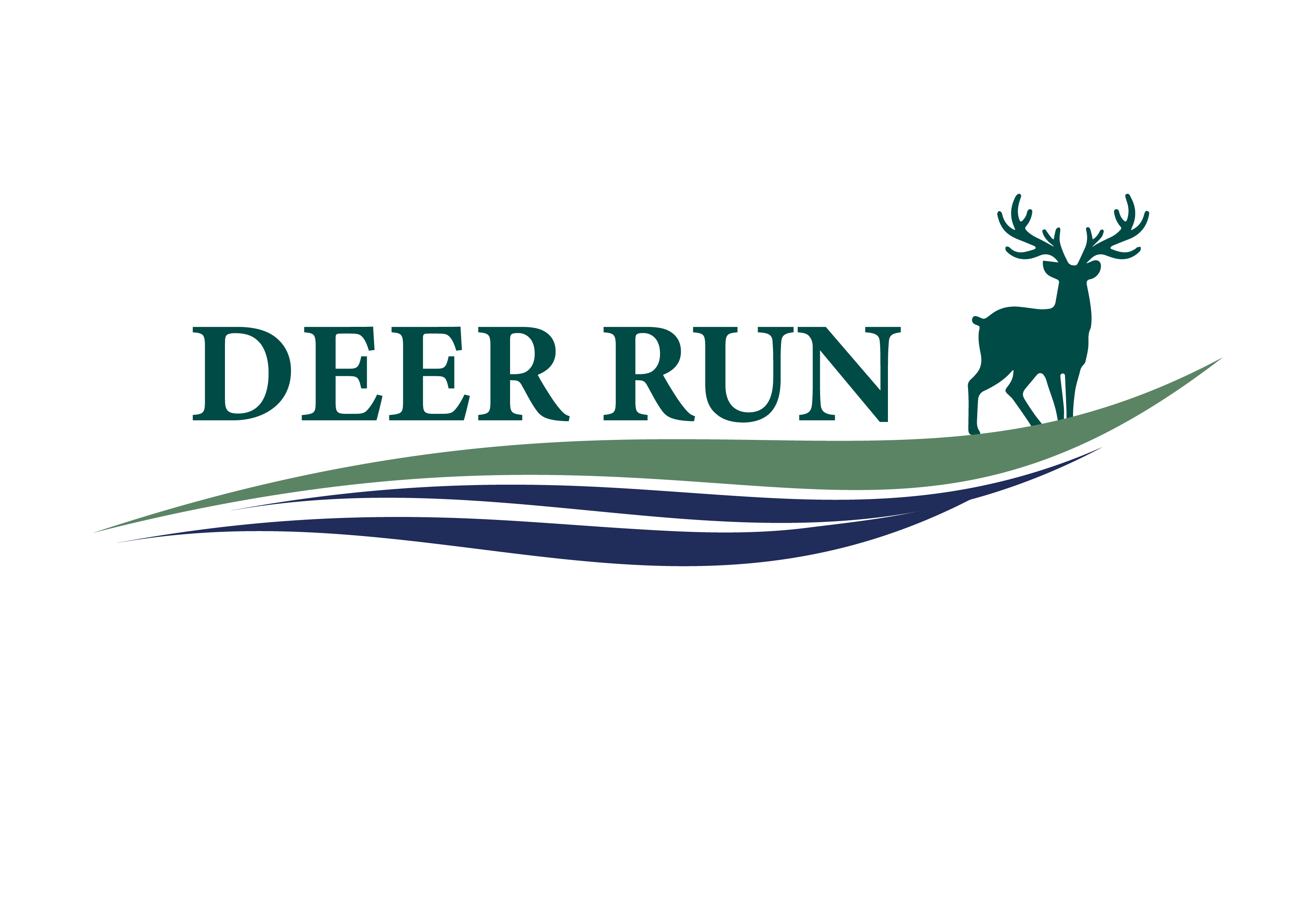
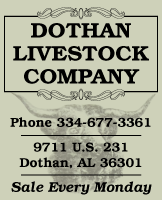


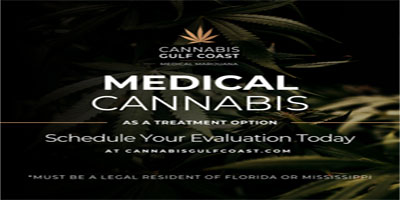


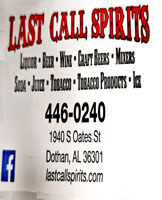





.jpeg)
1.jpg)





 (1).gif)
1.jpg)
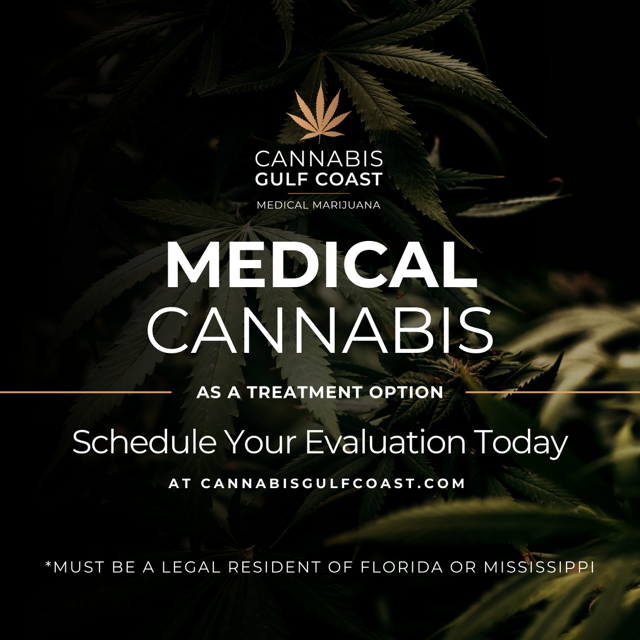


.jpeg)

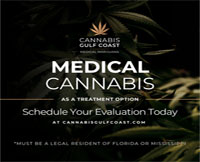

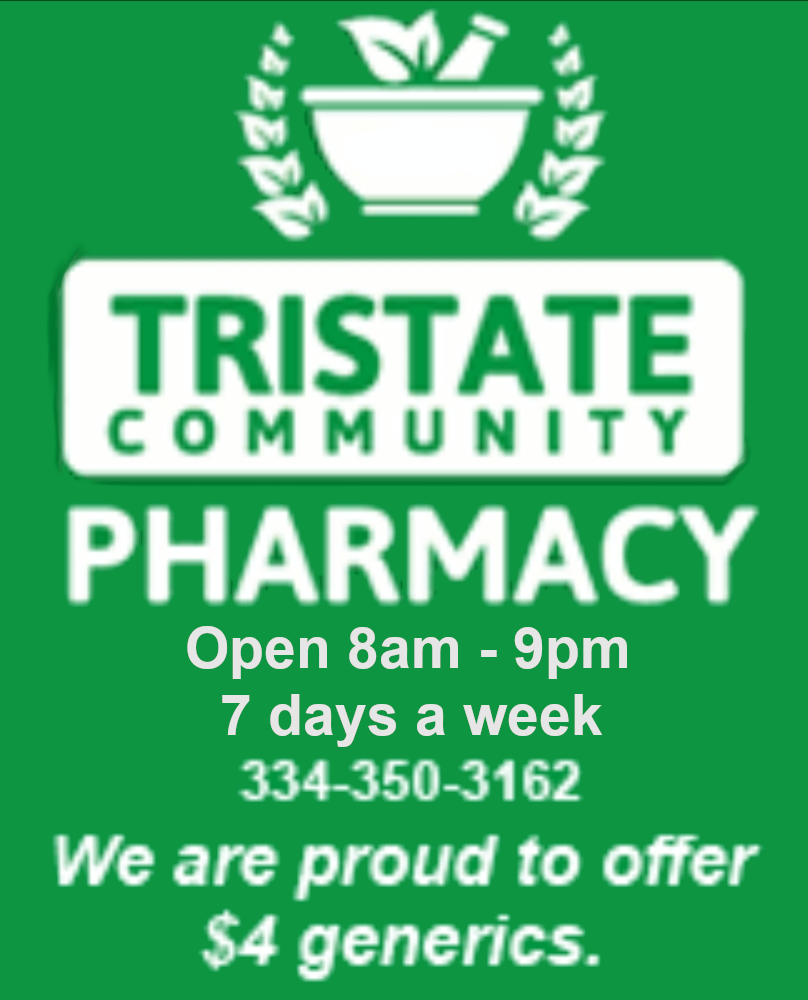



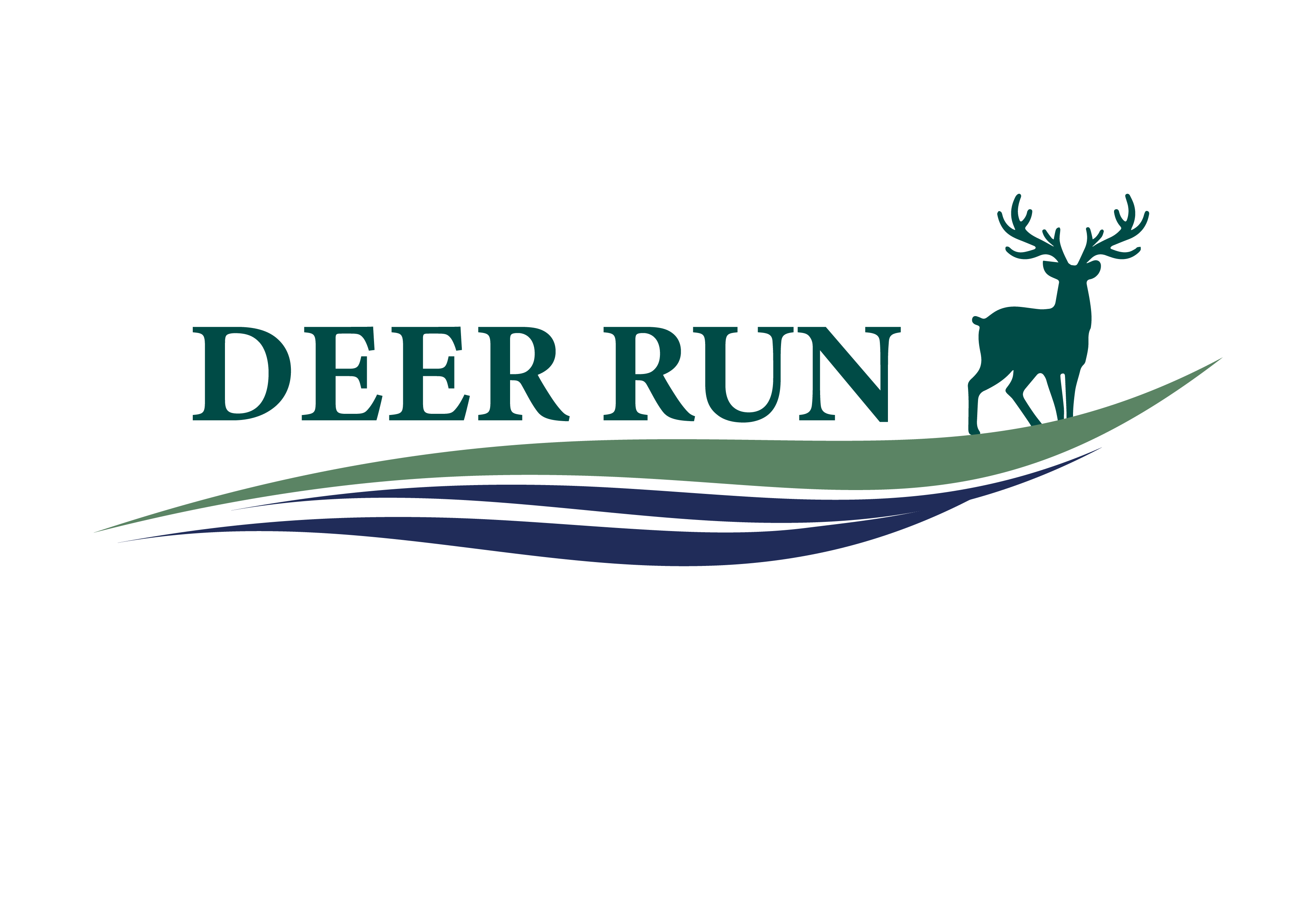








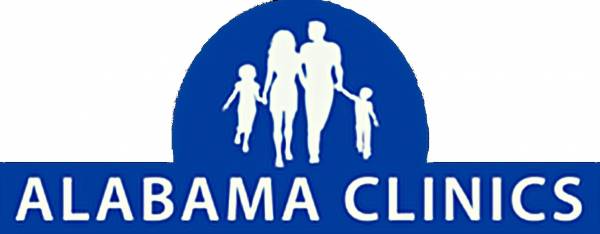



.JPG)
.jpg)



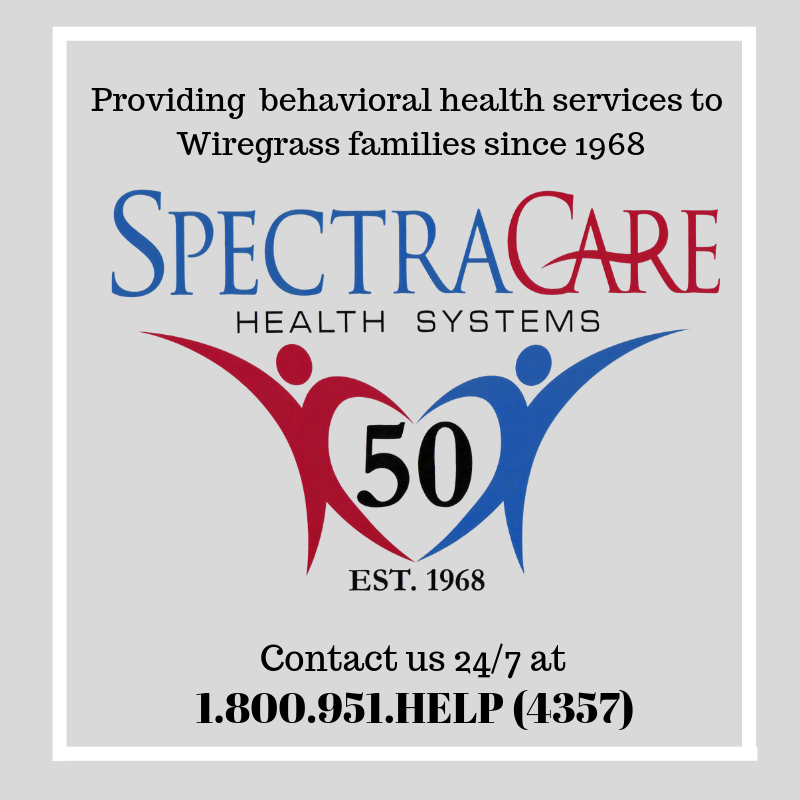



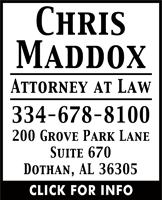
.jpg)
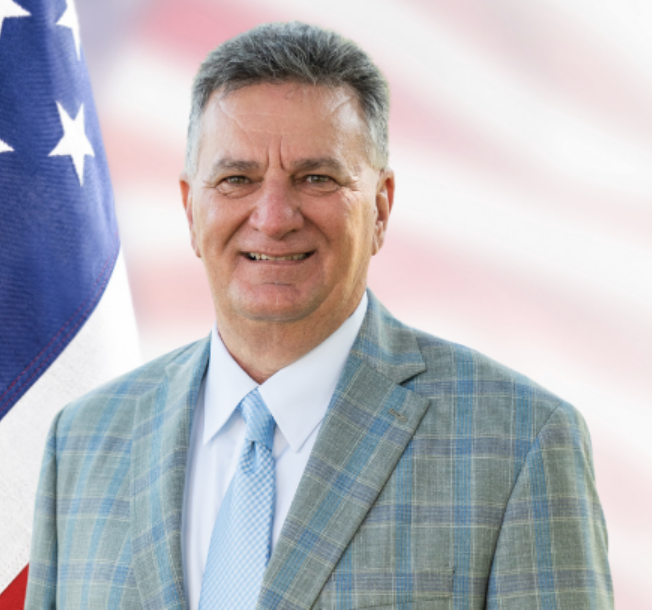

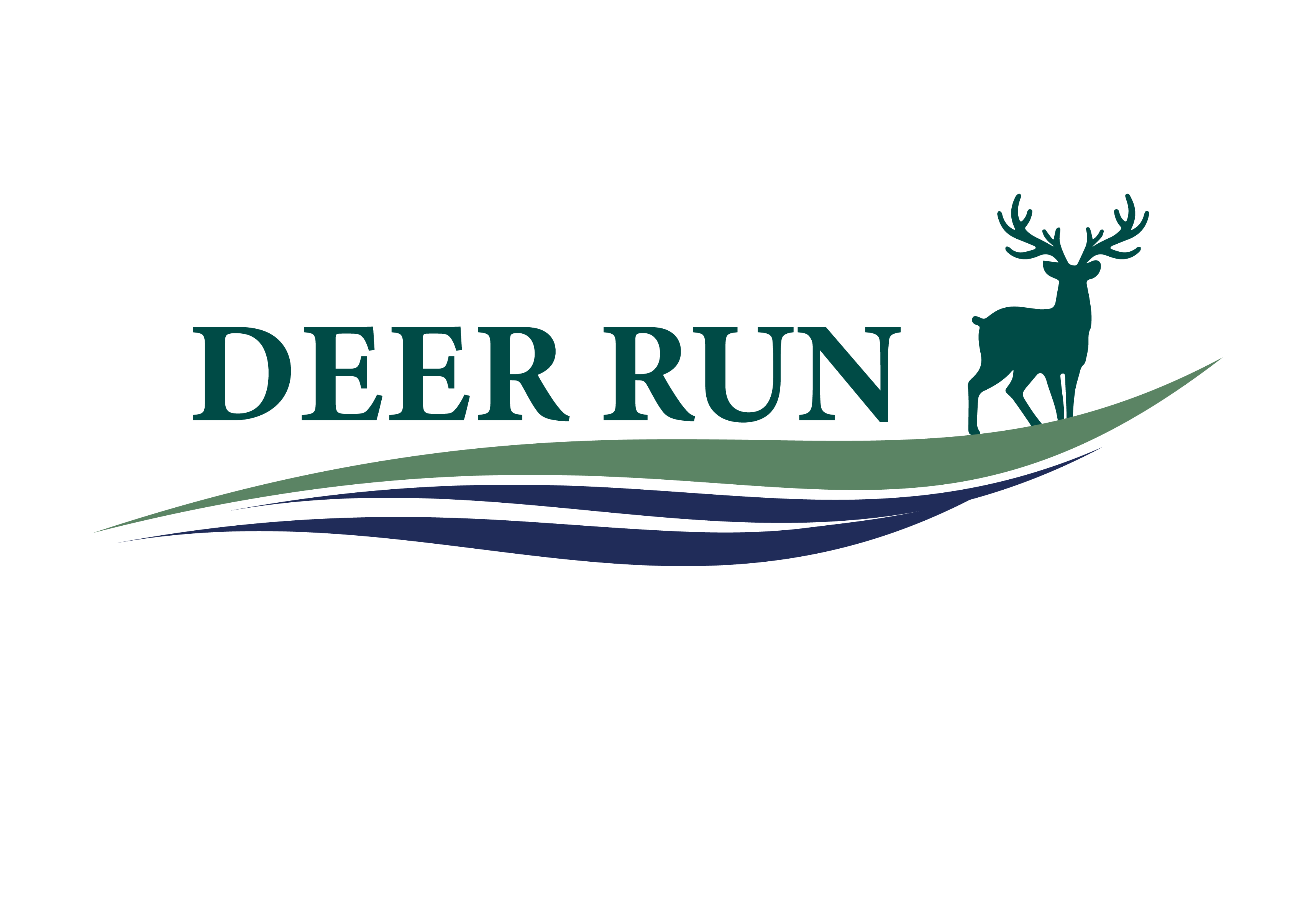

1.jpeg)





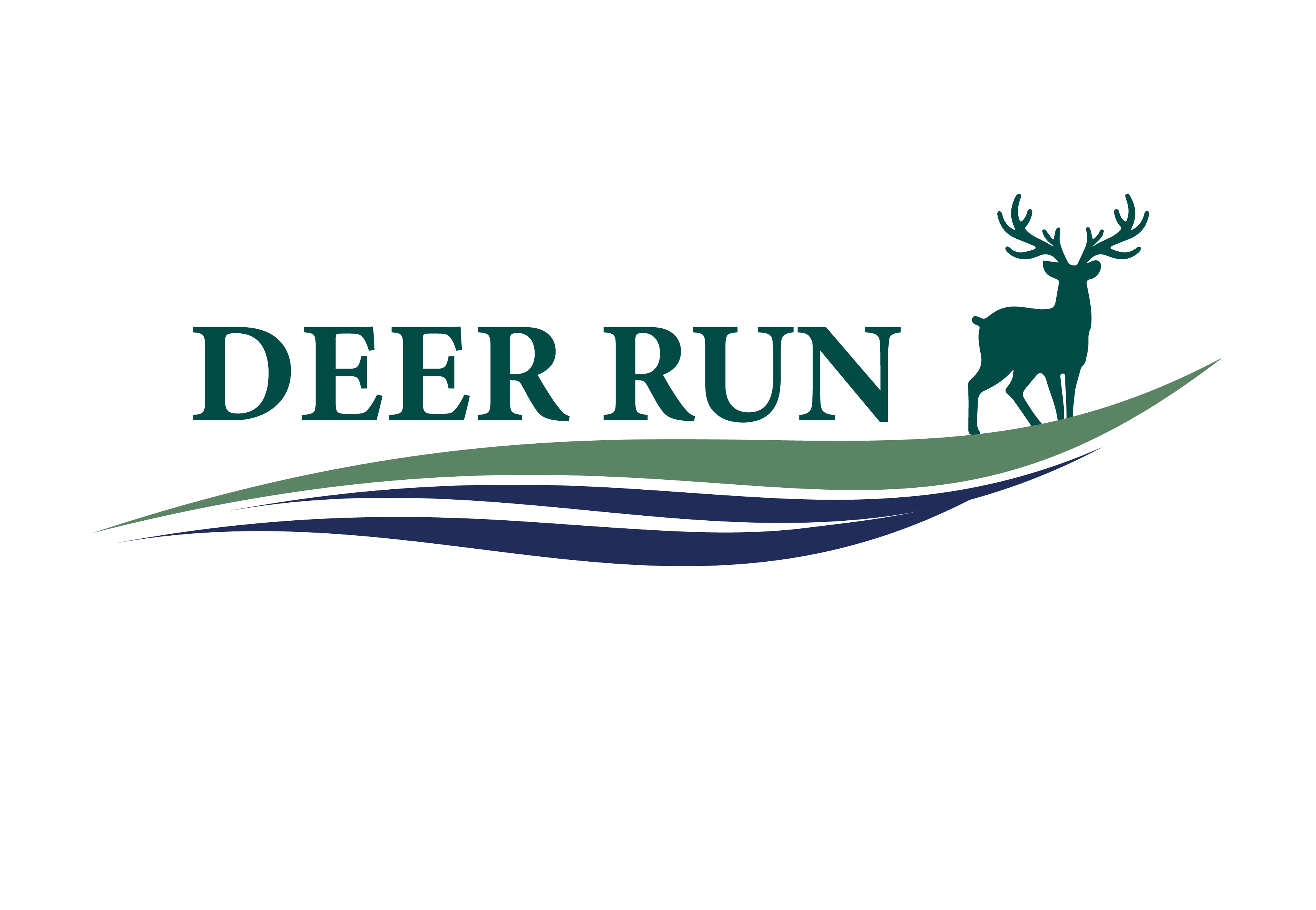










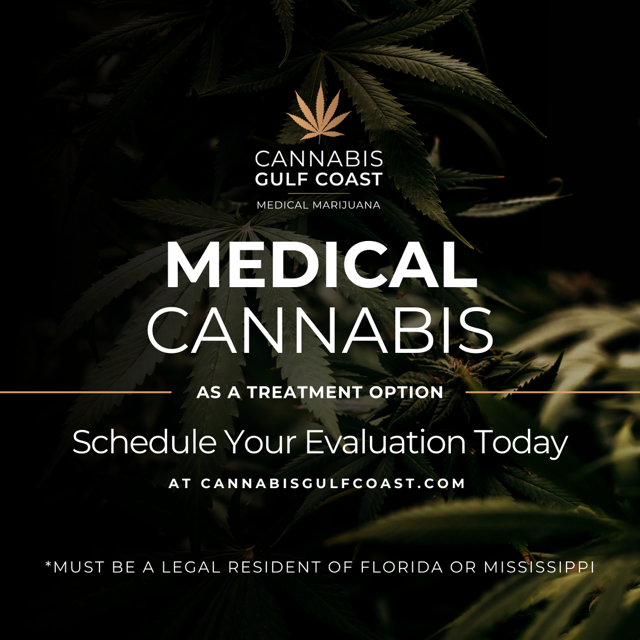








 (2).jpg)



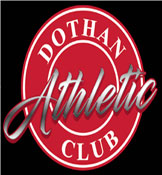

.jpg)

1.jpg)
